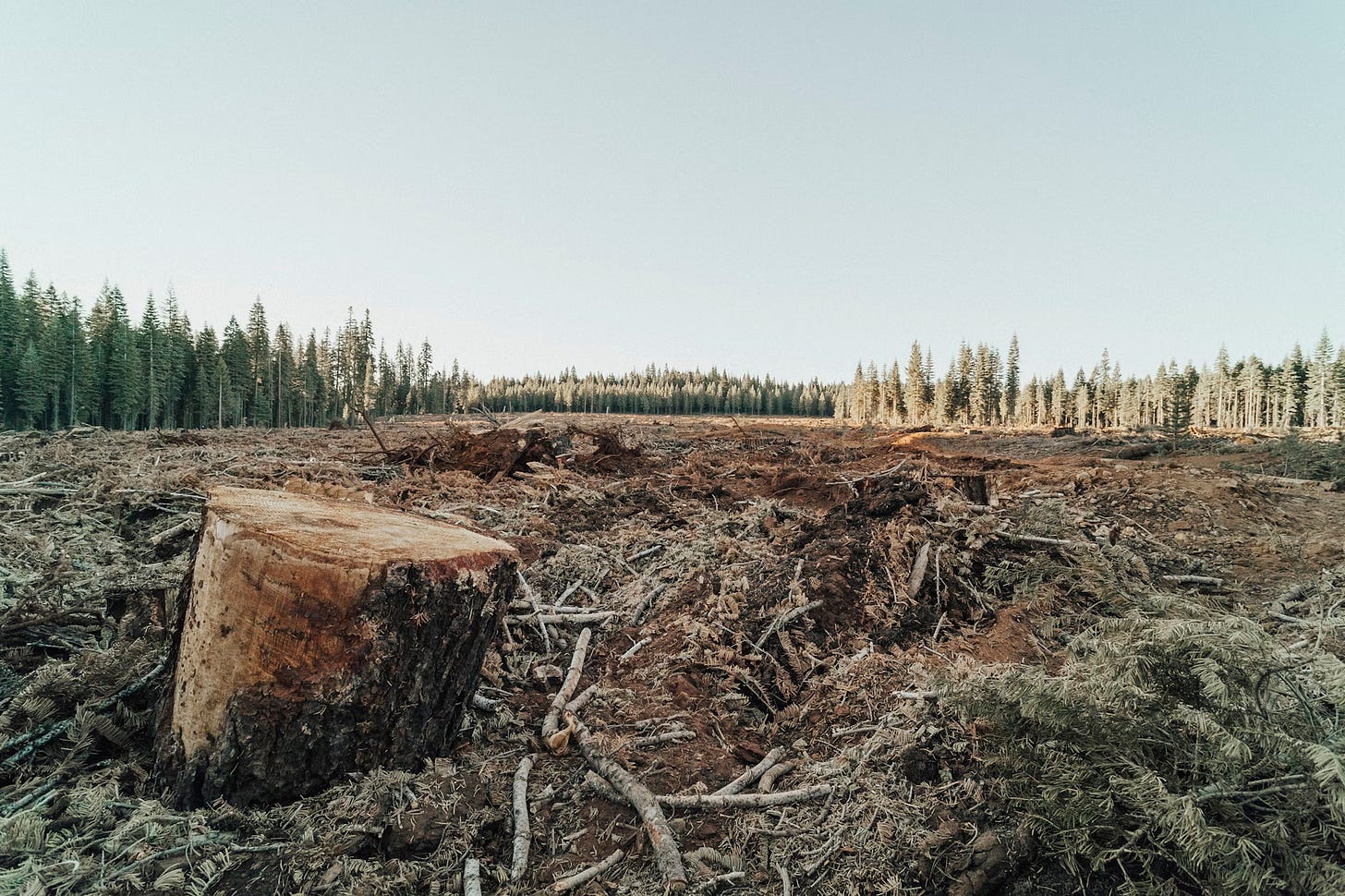Atmospheric CO₂ surges to record high as natural carbon sinks falter
Atmospheric carbon dioxide levels reached unprecedented concentrations in 2024, rising by the largest amount ever recorded as Earth’s natural carbon storage systems showed alarming signs of failure, according to data released by the World Meteorological Organization.
The global average concentration of CO2 surged by 3.5 parts per million from 2023 to 2024, marking the steepest one-year increase since modern measurements began in 1957. CO2 levels reached 423.9 ppm in 2024, representing a 52% increase above pre-industrial levels.
Natural Carbon Buffers Under Strain
The record surge stems from a troubling combination of continued fossil fuel emissions and the weakening effectiveness of natural “carbon sinks,”the forests and oceans that typically absorb about half of human CO2 emissions each year. These critical climate buffers are showing signs of strain under mounting environmental pressures.
“There is concern that terrestrial and ocean CO2 sinks are becoming less effective, which will increase the amount of CO2 that stays in the atmosphere, thereby accelerating global warming,” said Dr. Oksana Tarasova, a senior scientific officer at the WMO.
Forests absorbed only about a quarter of their typical carbon intake during 2023 and 2024, marking the lowest forest carbon sink levels in at least two decades. The decline coincided with 2024 being the hottest year on record and a strong El Niño climate pattern that created drier conditions and increased wildfire activity.
Amazon Fires Drive Massive Emissions
Record-breaking wildfires in the Amazon rainforest released an estimated 791 million tons of CO2 in 2024—roughly equivalent to Germany’s entire annual emissions. The fires impacted 3.3 million hectares of Amazon forest, an area larger than Belgium, representing a sevenfold increase from recent averages.
The massive carbon release from Amazon fires marked the first time that fire-induced forest degradation exceeded deforestation as the primary driver of emissions from the world’s largest rainforest. Bolivia experienced particularly severe impacts, with fires burning more than 9% of its intact forest in 2024.
“The escalating fire occurrence, driven by climate change and unsustainable land use, threatens to push the Amazon towards a catastrophic tipping point,” researchers warned in a study published in Biogeosciences.
Climate Summit Looms
The WMO released its findings ahead of the COP30 climate summit scheduled for November 10-21, 2025, in Belém, Brazil. The timing underscores growing urgency around global climate commitments, as the Paris Agreement’s goal of limiting warming to 1.5°C requires emissions to peak before 2025 and decline 43% by 2030.
“The heat trapped by CO2 and other greenhouse gases is turbo-charging our climate and leading to more extreme weather,” said WMO Deputy Secretary-General Ko Barrett. “Reducing emissions is therefore essential not just for our climate but also for our economic security and community well-being.”
The atmospheric data reveal concentrations of methane and nitrous oxide, the second and third most important greenhouse gases, also reached record levels in 2024. Methane concentrations reached 1,942 parts per billion, representing a 166% increase above pre-industrial levels, while nitrous oxide reached 338.0 ppb, a 25% increase.
Scientists warn that the current trajectory puts the world at risk of crossing additional climate tipping points. Growth rates of CO2 have tripled since the 1960s, accelerating from an annual average increase of 0.8 ppm per year to 2.4 ppm per year in the decade from 2011 to 2020.
European Commission Joint Research Centre. 2025. “Unprecedented Amazon Fires in 2024 Fuel Record CO₂ Emissions.” JRC News and Updates, October 8, 2025. https://joint-research-centre.ec.europa.eu/jrc-news-and-updates/unprecedented-amazon-fires-2024-fuel-record-co2-emissions-2025-10-08_en.
World Resources Institute. 2025. “World’s Forest Carbon Sink Shrank to its Lowest Point in at Least 2 Decades, Due to Fires and Persistent Deforestation.” WRI Insights, July 23, 2025. https://www.wri.org/insights/forest-carbon-sink-shrinking-fires-deforestation.
Mongabay. 2025. “Amazon Rainforest Hits Record Carbon Emissions from 2024 Forest Fires.” Mongabay News, October 7, 2025. https://news.mongabay.com/short-article/amazon-rainforest-hits-record-carbon-emissions-from-2024-forest-fires/.
Reuters. 2025. “Climate Change: What the Latest Science Is Telling Us.” Reuters, January 6, 2025. https://www.reuters.com/sustainability/climate-energy/what-is-latest-science-telling-us-about-climate-change-2025-01-06/.
Euronews. 2025. “Record-Breaking Amazon Fires Triggered as Much CO₂ as an Entire Country Last Year.” Euronews Green, October 10, 2025. https://www.euronews.com/green/2025/10/10/record-breaking-amazon-fires-triggered-as-much-co-as-an-entire-country-last-year.



